When you first start exploring the world of hydrangeas, the sheer variety can be overwhelming. But one of the most common and fascinating distinctions is between blue and pink hydrangea varieties. You might have noticed that sometimes the same plant can produce different colored blooms in different gardens, or even change color over time in your own yard. This isn't magic—it's all about the science of soil chemistry.
The primary factor that determines whether you get gorgeous blue hydrangea flowers or stunning pink hydrangea blooms is the soil's pH level and the availability of aluminum. A hydrangea's color is not fixed by its variety alone; it's a dynamic characteristic. Understanding this is the first step to identifying and even controlling the color of your plants.
Let's break down the science simply. Hydrangeas contain natural pigments called anthocyanins. These pigments are sensitive to the presence of aluminum ions in the soil. For the plant to absorb this aluminum, the soil must be acidic. In acidic soils (with a pH below 6.0), aluminum is available to the plant's roots. The aluminum interacts with the anthocyanin, resulting in those beautiful, sought-after blue and purple shades.
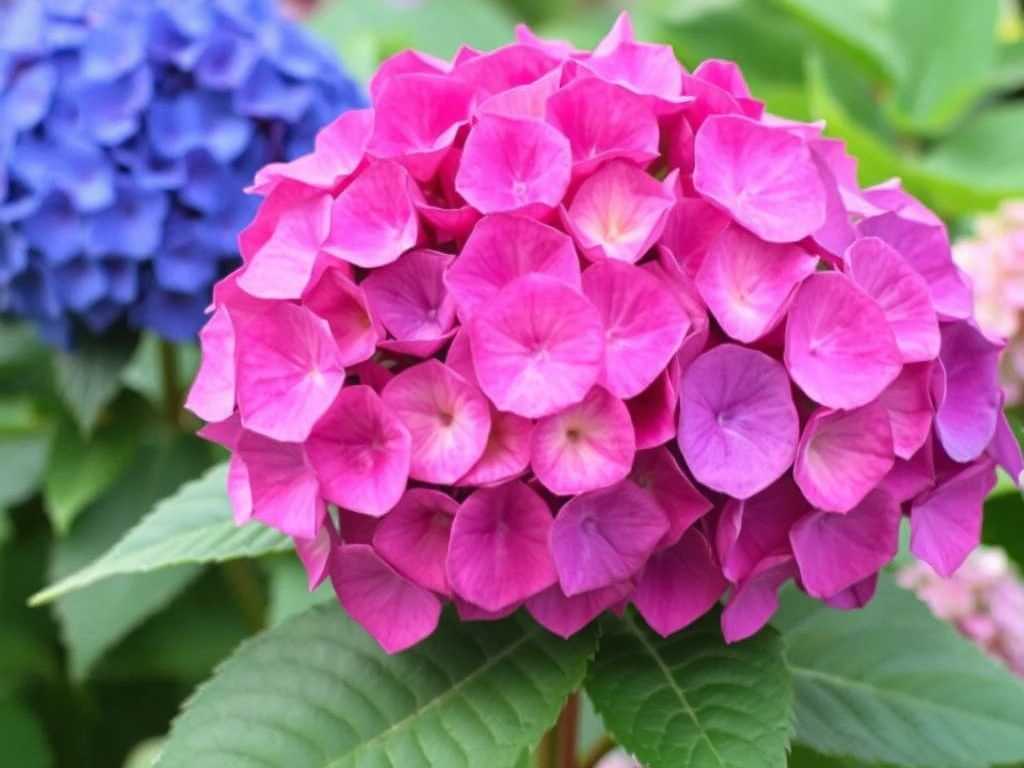
Conversely, in alkaline or neutral soils (with a pH of 7.0 and above), aluminum is locked up and unavailable to the plant. Without aluminum, the anthocyanin pigment displays its natural pink or red hue. So, the fundamental rule of thumb is: acid soil for blue hydrangeas, alkaline soil for pink ones.
Now, here's a crucial detail. This spectacular color change is almost exclusive to one specific type: the Hydrangea macrophylla, also known as bigleaf hydrangea. This group includes the classic mophead varieties with their large, round flower clusters, and the delicate lacecap varieties with their flat, ring-like blooms. If you're trying to distinguish between blue and pink types, you're almost certainly looking at a bigleaf hydrangea.
Other popular hydrangea species, like the panicle hydrangeas (Hydrangea paniculata) with their cone-shaped white flowers that turn pink, or the smooth hydrangeas (Hydrangea arborescens) like 'Annabelle', have fixed colors and will not change from pink to blue based on soil pH. Their color is determined purely by their genetics.
So, how can you practically tell if a hydrangea is a variety capable of being blue or pink? Start by observing the plant itself, even when it's not in bloom. Look at the leaves. Bigleaf hydrangeas typically have large, broad, glossy, and somewhat thick leaves with a serrated edge. This is a key identifier.
Next, let's talk about the flowers themselves when they are in bloom. While soil dictates the color, the underlying variety can give you hints about its potential.
For blue hydrangea varieties, you are looking for plants that are often marketed with "blue" in their name, such as 'Nikko Blue', 'Endless Summer', or 'Forever & Ever Blue'. These varieties are genetically predisposed to produce the blue pigment—provided they are grown in the right acidic conditions. In neutral or alkaline soil, a 'Nikko Blue' will likely produce pink or, more commonly, a disappointing purplish hue.
For pink hydrangea varieties, look for names like 'Pia', 'Alpengluhen', or 'Masja'. These are bred to be vibrant pink and will hold their color best in alkaline soils. If you plant a dedicated pink variety in acidic soil, it may still struggle to turn a true blue and might instead produce a lavender or mauve color.
The flower color can also give you clues about the soil it's currently growing in. A deep, vibrant blue indicates a strongly acidic soil. A pale blue or a blue with pinkish undertones suggests the soil is nearing neutral. A vibrant, clear pink points to alkaline soil. A purple or mauve hydrangea is a perfect indicator of a neutral soil pH, where the plant is caught between the two states.
What if you want to change the color of your hydrangeas? This is a common goal for gardeners, and it's entirely possible with patience and the right amendments.
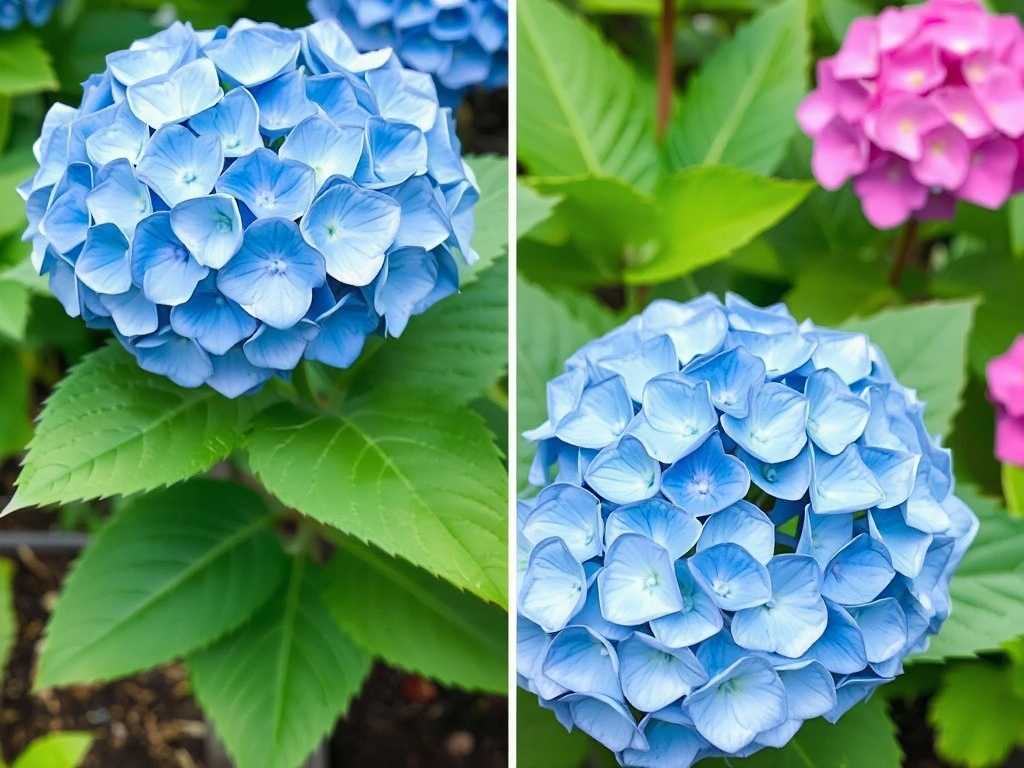
To turn your pink hydrangeas blue, you need to lower the soil pH to 5.2-5.5. This is typically done by applying garden sulfur or aluminum sulfate. Aluminum sulfate works faster because it adds aluminum directly to the soil along with acidifying it. You must follow package instructions carefully, as adding too much can damage the plant's roots. Applying a sulfur-coated fertilizer is a slower, gentler method. Remember, this process can take months or even more than a single growing season.
To turn your blue hydrangeas pink, you need to raise the soil pH to 6.0-6.5, making it more alkaline. This is achieved by adding garden lime (dolomitic lime). Sprinkle it around the base of the plant and water it in well. Again, this is not an instant process. You will need to apply lime periodically to maintain the higher pH.
It's important to test your soil before you start adding anything. A simple soil test kit from your local garden center can tell you your starting pH, which will guide how much amendment you need to add. Trying to change the pH blindly can lead to plant stress or nutrient lock-up.
Beyond soil chemistry, other factors can influence the intensity of the color. The choice of fertilizer plays a role. A fertilizer low in phosphorus and high in potassium can help promote bluer shades, as phosphorus can bind with aluminum in the soil, preventing its uptake. For pink hydrangeas, a balanced fertilizer is usually fine.
Water quality can also be a subtle factor. If you have very hard, alkaline tap water, consistently using it to water a hydrangea you're trying to keep blue can slowly raise the soil pH, pushing the flowers toward pink. Where possible, using rainwater can help maintain acidic conditions.
In summary, distinguishing between blue and pink hydrangea varieties is a blend of botany and chemistry. First, identify the plant as a Hydrangea macrophylla. Then, observe its current flower color as a direct reflection of your garden's soil pH. Finally, use that knowledge to choose varieties suited to your natural conditions or to confidently alter your soil to achieve the breathtaking blue or vibrant pink blooms you desire. With this understanding, you are no longer just an admirer of these beautiful shrubs—you are the curator of their color.
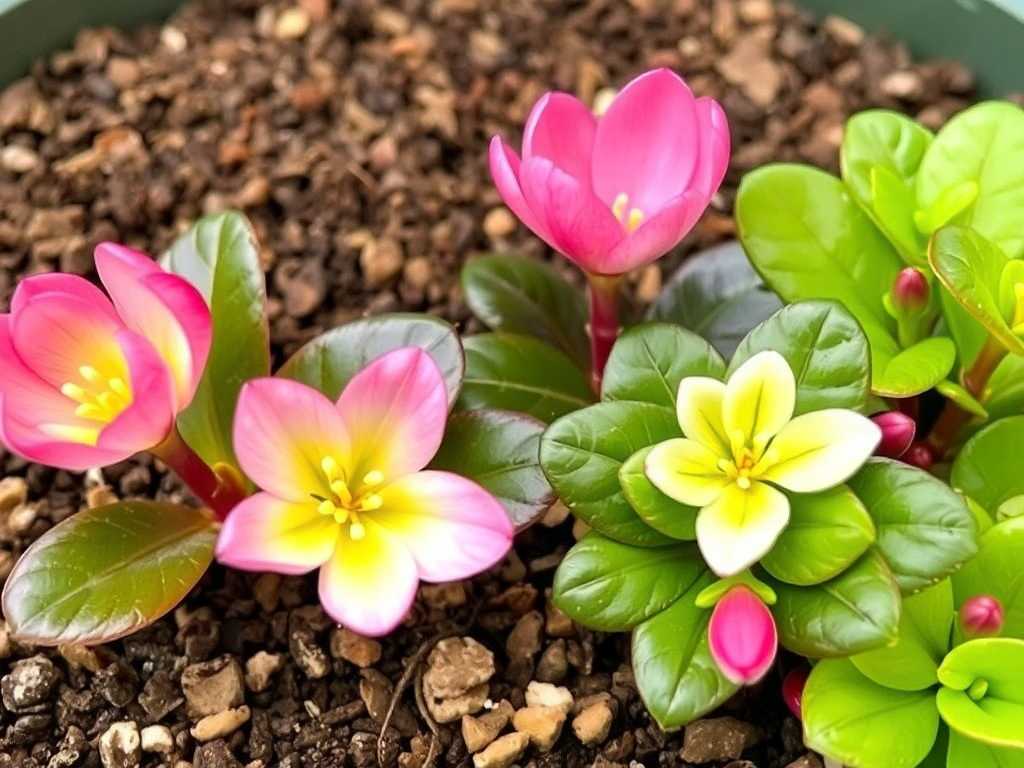
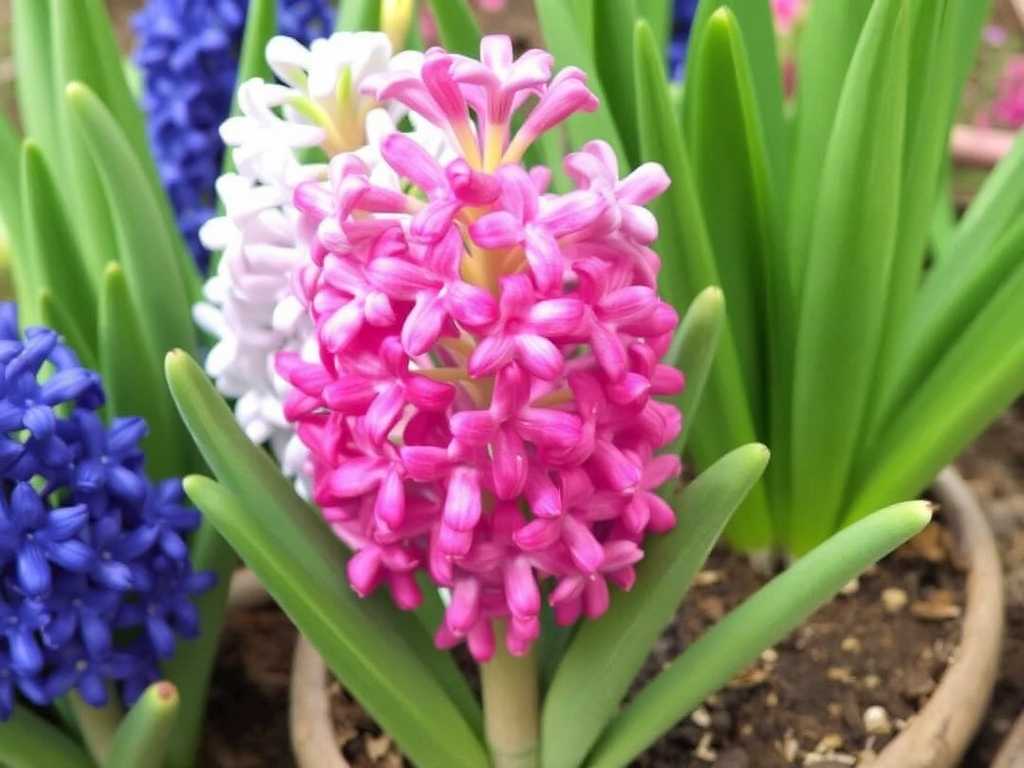
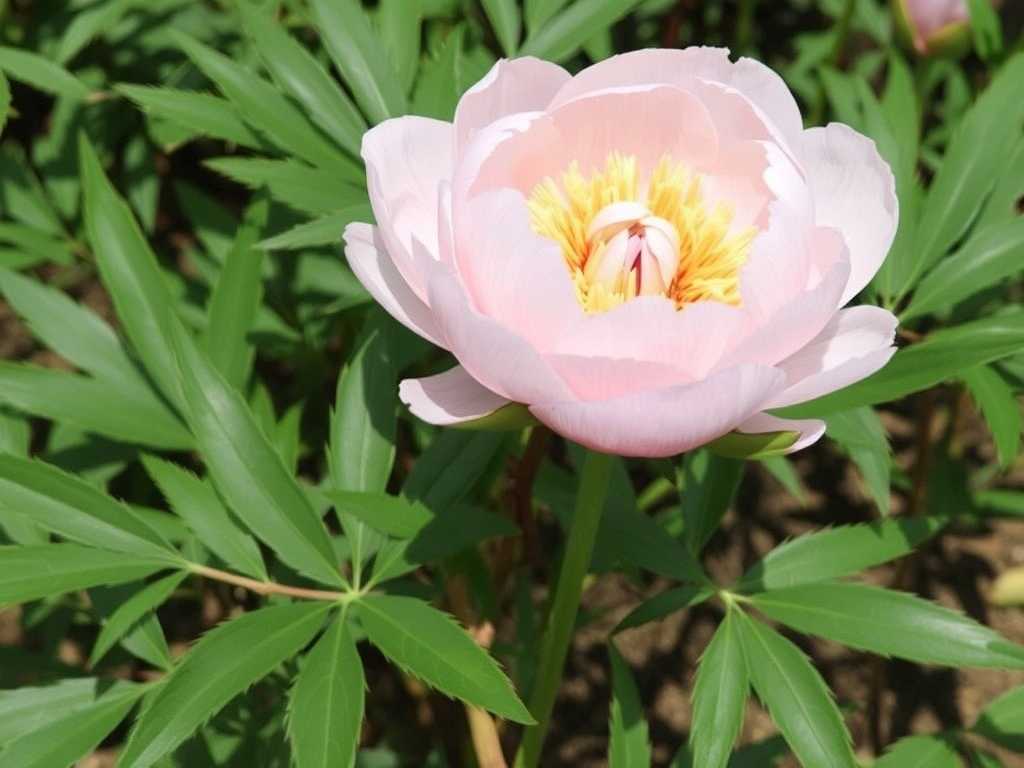

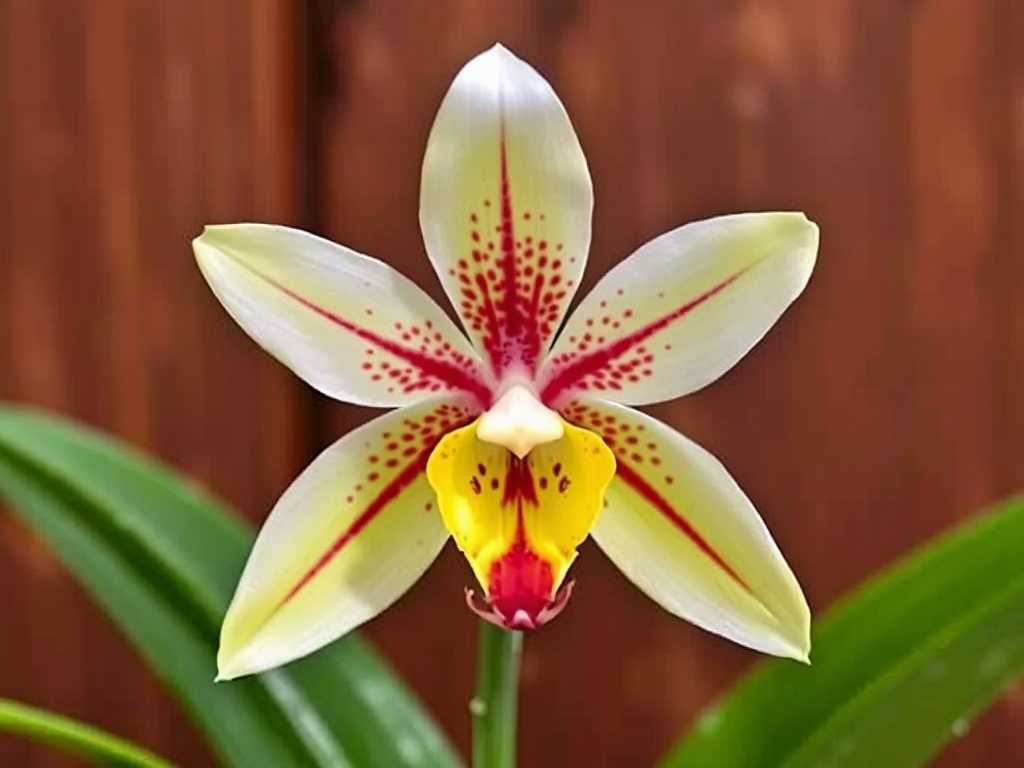
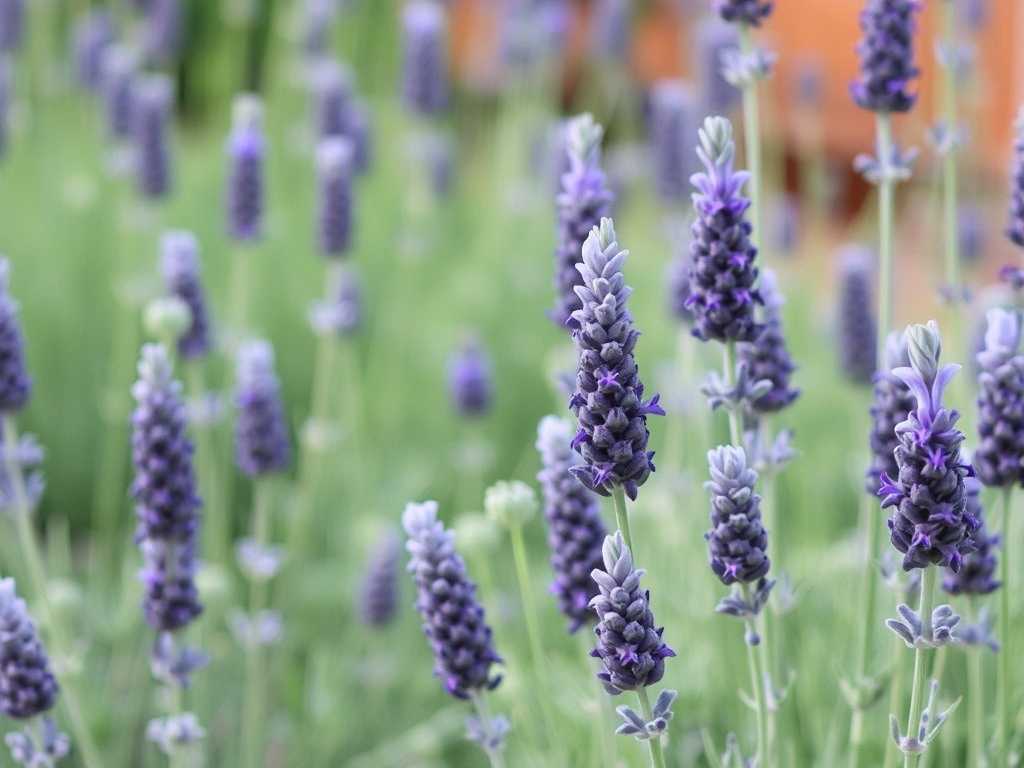
发表评论